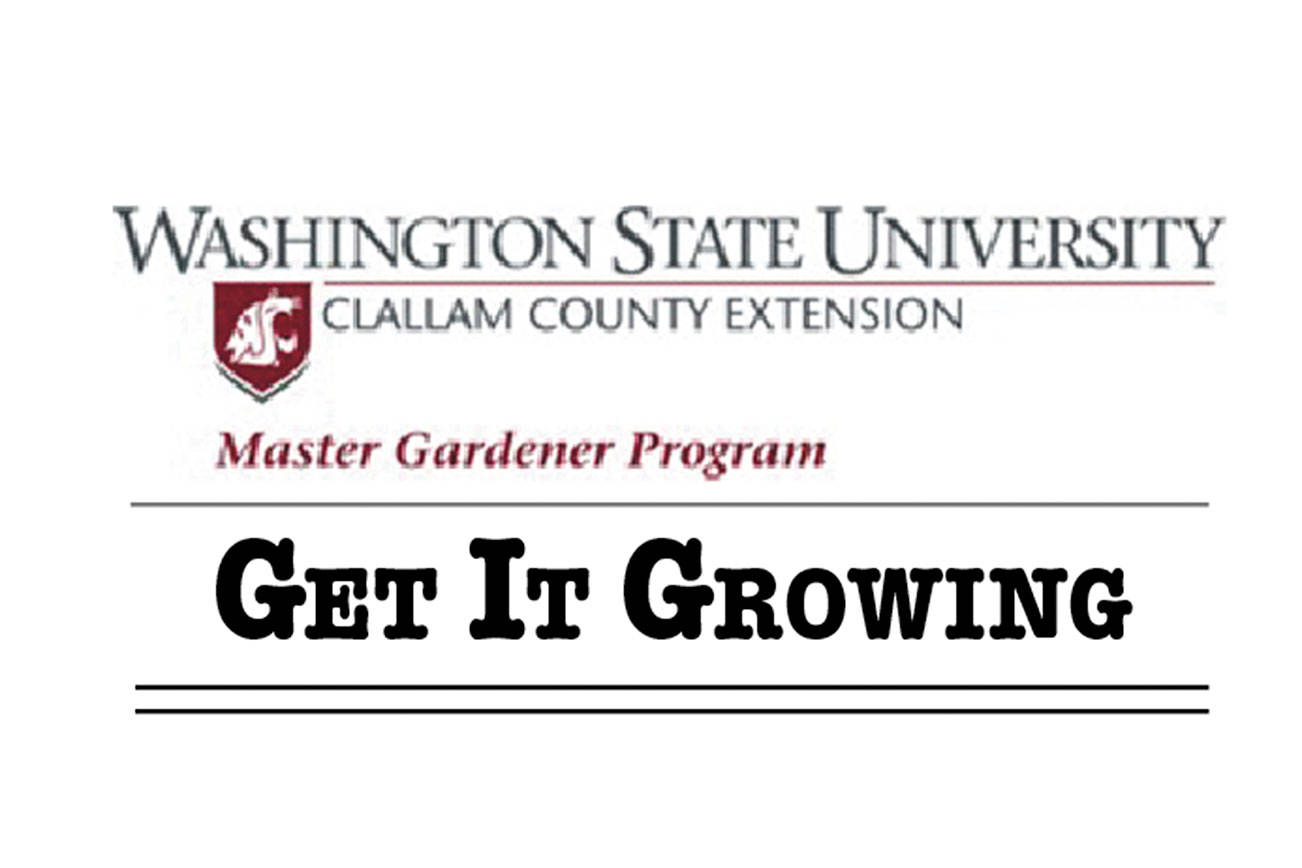Although the days are getting noticeably shorter and the weather is cooling off, don’t hang up your gardening gloves yet. There are still many things to do in the fruit and vegetable garden this month.
Vegetable garden
Sow fava broad beans now for harvest in the early spring. Plant garlic cloves and bulbs of multiplier onions and shallots for harvest in the summer.
Mid-month pinch off the growing tips of Brussels sprout plants to encourage maturation of the remaining sprouts.
Harvest onions soon after the tops have fallen over. Brush off the dirt and cure them in a warm, dry place for about a week. When the necks are tight and the stems contain no moisture, trim the roots and cutback the leaves. Use onions that have been damaged or have green necks immediately. Store the remainder in a cool, dark, well-ventilated area.
Harvest winter squashes when the leaves and vines have begun to wither and the skins are hard and cannot be punctured with a thumbnail. Cure in a warm, dry place. Store in a cool, dark, well-ventilated area.
Harvest potatoes for long term storage after the vines die and the skins are firmly attached to the tubers. Cure until the skins toughen and store in a cool, dark, well-ventilated area.
If frost threatens, harvest tomatoes including nearly ripe and mature green tomatoes (that is those that are glossy, whitish green, almost full size). Store in a cool, dark place with good air circulation and check weekly for ripening; tomatoes do not require light to ripen and too much light may actually toughen their skins.
Clean up empty beds. Remove all annual crops that are no longer producing. Sow a quick-growing cover crop (such as cereal rye) to be tilled into the soil in the spring. Alternatively, mulch empty beds with 3-4 inches of compost, deciduous leaves or straw to protect the soil.
Fruit trees, berries
Harvest apples when seeds turn brown and European pears when full-sized but hard. To increase the shelf life, keep harvested fruit cool (32-36 degrees) but avoid freezing. If you have an abundance of tree fruit, contact Clallam Gleaners for help harvesting and donate the excess to local charitable organizations.
For more information, contact gleaning coordinator Sharah Truett, Gleaning Coordinator at 360 565-2619 or struett@co.clallam.wa.us.
Prune out second-year raspberry and blackberry canes (canes that fruited during the summer) if you have not done so already. Although the plant crowns live for many years, individual canes die after two years.
Except at higher elevations, trellis first-year canes of trailing blackberries. At higher elevations, leave the canes on the ground and trellis them in the spring after all danger of a hard frost has passed.
Provide fruit trees and berries 1-2 inches of water weekly until the rain returns in earnest, but do not fertilize at this time of year.
Clean up fallen fruit, leaves, and other debris around fruit trees and berries which can be a source of diseases and pests for next year’s crop. Compost only disease-free vegetation; burn or discard any that is questionable.
Plant and transplant fruit trees and blueberry bushes to allow establishment over winter. Remember, blueberries need a soil pH of 4.0-5.5. If the pH is too high, work elemental sulfur into the soil and delay planting until spring. The amount of sulfur depends on the starting pH and the soil texture.
Finally, with the return of rain, weeds will be popping up everywhere. Hand pull or hoe weeds when they are small. If you are unable to remove the weeds themselves, at least remove their flowers before they go to seed to prevent further spread.
This calendar is for guidance only. Growing conditions vary from garden to garden and from spot to spot within the same garden. Please adjust your gardening activities to fit local growing conditions.
Jeanette Stehr-Green is a WSU-certified Clallam County Master Gardener.



